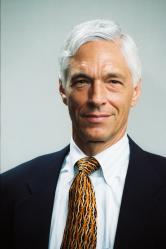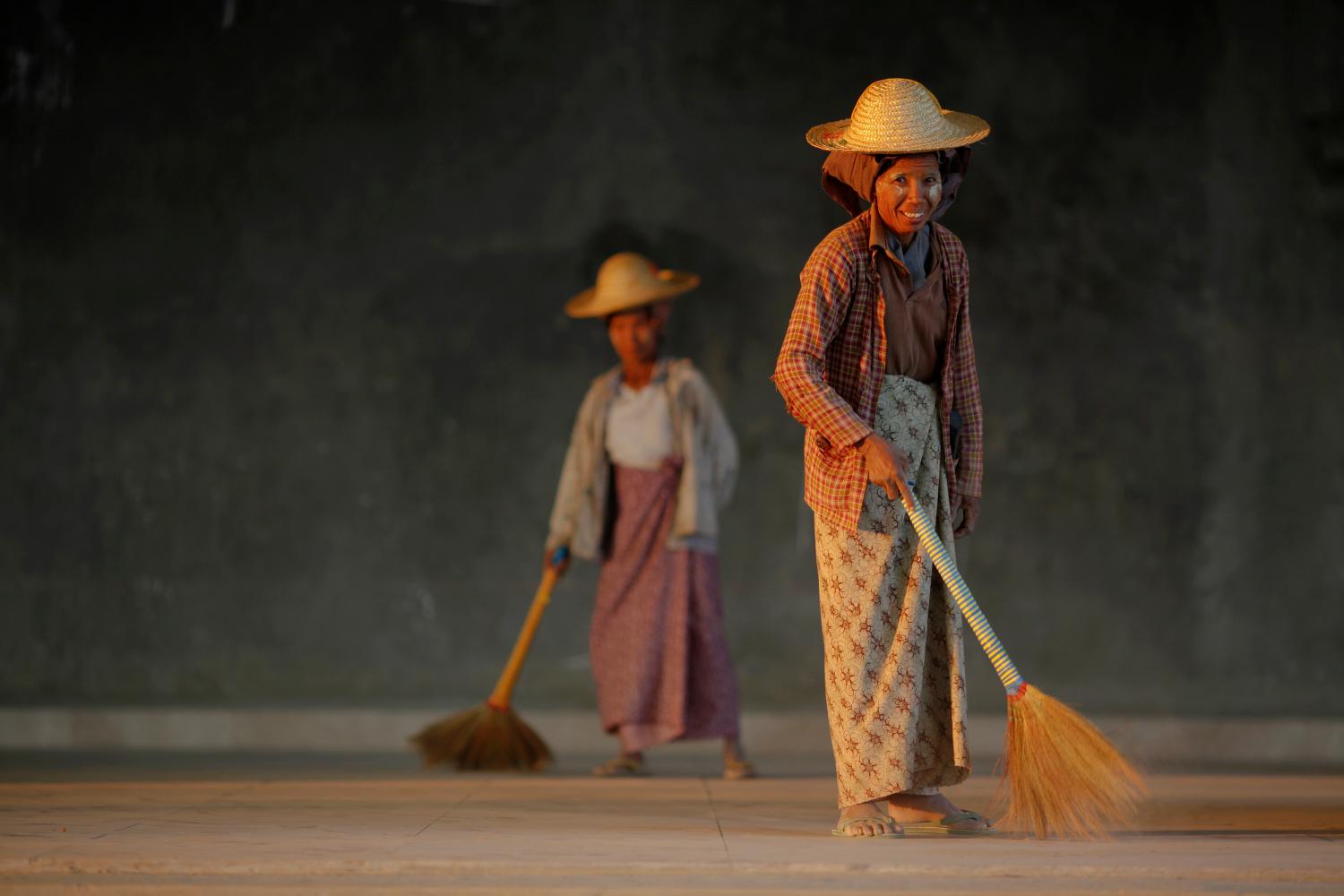OVERVIEW
In its first 63 years as an independent nation, Myanmar (Burma) went from being Southeast Asia’s brightest hope (in 1948) to its biggest embarrassment, through three distinct periods of uninspired or misguided governance.
From 1948 to 1958, the country was a parliamentary democracy based on a U.K.-inspired constitution. From 1962 to 1988, the country was ruled by General Ne Win, who followed a socialist path featuring nationalization, isolation and repression.
From 1992 to 2011, the country was ruled by General Than Shwe, who restored a market-based economy, strengthened the balance of payments by exporting natural gas to Thailand and moved the country along a seven-step roadmap to a “discipline-flourishing democracy.” At the same time, he kept Aung San Suu Kyi under house arrest, drew global condemnation and sanctions from Western nations for gross human rights abuses and continued to wage war against the country’s ethnic minorities.
Pursuant to the 2008 constitution, approved in a national referendum that fell far short of global standards, the country’s first multiparty election in more than two generations was held in November 2010. Although this election was neither free nor fair, it produced a new government on March 30, 2011. Led by President Thein Sein, this government has ended many of the repressive policies of the past and has started to pursue broad-based and sustainable economic growth.
On the political front, the Thein Sein government initiated a dialogue with Aung San Suu Kyi that enabled her party, the National League for Democracy (NLD), to win 43 of the 45 seats filled in the by-elections held on April 1, 2012, including a seat for Aung San Suu Kyi in the lower chamber of the national legislature. The government has released hundreds of political prisoners, granted a high degree of press freedom, taken steps to find a peaceful resolution to the conflict with ethnic minorities and improved relations with other countries to the point where most sanctions have been dropped or suspended.
On the economic front, the Thein Sein government has abandoned the official exchange rate of the kyat fixed at 8.5057 to the SDR since 1977 in favor of a floating market rate. It is taking steps to build a sound banking system, has reduced some of the heavy transaction costs impeding international trade and has suspended construction of the Myitsone Dam in Kachin State because of its potentially adverse environmental and social impacts.
The pace of the ongoing transition to a democratic political system and market-based economy in the first year of President Thein Sein’s five-year term has been breathtaking. The current level of engagement with Myanmar by the diplomatic community, official aid agencies, international NGOs and private investors is already phenomenal and seems far from peaking.
Based on the country’s economic trends of the past year, Myanmar may achieve Vietnam’s current level of development in less than 10 years. My judgment, however, is that Thein Sein’s administration will not be able to maintain this pace. Until now, the administration has been harvesting low-hanging fruit.
Based on the country’s economic trends of the past year, Myanmar may achieve Vietnam’s current level of development in less than 10 years. My judgment, however, is that Thein Sein’s administration will not be able to maintain this pace. Until now, the administration has been harvesting low-hanging fruit. Rapid political, social and economic progress in the years ahead will depend on successfully resolving a large number of challenging policy issues. The aim in this paper is to highlight the main economic issues facing the administration.
Readers should not look for policy recommendations. Thein Sein’s government is being swamped with recommendations from outsiders, and I prefer not to add to the deluge. Instead, I aim to encourage a public debate within Myanmar that will lead to better policy choices and economic outcomes and to help observers outside Myanmar get a better understanding of the issues and options.
Another caveat is that many economists treat policy options in black and white terms: They are only right or wrong. In contrast, the approach taken here assumes that better outcomes can be achieved when policymakers and policytakers understand that every economic policy option has pros and cons, produces winners and losers, and yields unintended consequences. Instead of examining two or three issues in great detail, this paper examines 21 policy issues more broadly. But policy options are inherently complex: Alongside and within each of the 21 issues are a myriad of other fateful choices that are not addressed.
In addition, only a host of good policy measures working in tandem can create 5-6 percent sustainable economic growth for the Myanmar economy. Thus, if 50 good measures are required, as many as 35 or 40 may have to be implemented successfully before a “tipping point” is reached and impacts become mutually reinforcing.
While this paper focuses on policy issues, it is important not to overlook the huge impact the policymaking process has on the choices that are made. Throughout the first year of President Thein Sein’s administration, process has both enabled and hindered progress. On the positive side, the process has helped the government understand the central importance of the exchange rate and to move with impressive speed on this front. Also, a labor law has been passed that could help avoid labor problems as the economy becomes more industrialized. And no really bad decisions stand out in other economic policy areas. On the negative side, weaknesses in the policymaking process have delayed the adoption of measures in the agriculture sector to raise farmer incomes, an essential step in a country where 70 percent of the population is rural. Furthermore, natural resource extraction continues at an unsustainable and even counterproductive rate. For the most part, policy decisions are being made largely in a non-transparent, top-down, discretionary manner as was the practice in previous governments.
To its credit, the Thein Sein government has sponsored and supported a series of workshops and conferences on a wide range of economic issues. These events, which are strongly favored by the donor community, have been helpful in raising public awareness of the issues and moving toward a social consensus on how to approach them. There is some risk, however, that key decision makers are spending too much time in these public discussions. Recent “needs assessments” and “scoping missions” being undertaken by most donors individually are another distraction from the crucial functions of policy analysis, policy presentation and policy implementation.
Another positive step in identifying strong economic policy options was the Thein Sein administration’s creation of the Myanmar Development Resource Institute (MDRI) and its three separate centers: the Center for Economic and Social Development, the Center for Strategic and International Studies and the Center for Legal Affairs. The MDRI serves as an independent source of policy analysis for the government. The Institute is also expected to play an important role in informing the public about policy issues and in training policymakers and policy analysts.
In May 2012, President Thein also announced the formation of a National Economic and Social Advisory Council, which includes union-level and region-level ministers and prominent personalities from the private sector. Indicative of much of the confusion in Myanmar today, however, as of mid-August, no clear description of the mandate of the council or its membership was available in the English language. There is anecdotal evidence that this council will play an important role in reaching a broad social consensus on contentious issues, especially those related to foreign aid and foreign investment.


